Skip count your way through these mazes that focus on number sequencing.
A Nautical Spin on Number Sequencing Worksheets
Ahoy, mateys! Ready to set sail and skip count through an archipelago? 🏝
Students will use their knowledge of number patterns to find paths that follow set number sequencing rules.
There are three versions of the maze included in the resource. The mazes are differentiated as follows:
- Maze 1: skip counting number sequences by twos, fives and tens starting from zero
- Maze 2: skip counting number sequences by twos, threes and fives starting from any point
- Maze 3: increasing and decreasing skip counting number sequences by fours, sevens and nines starting from any point.
Answer pages are included with your download to make marking fast and easy!
Tips for Differentiation + Scaffolding
In addition to individual student work time, use this worksheet as a:
Have students who need a greater challenge complete maze three and then create their own skip-counting maze using the editable Microsoft Word version of the resource.
Provide concrete materials to students who need extra support completing the first maze. This will allow them to count physical objects as they navigate the maze.
Easily Download & Print
Use the dropdown icon on the Download button to choose between the PDF or Microsoft Word version of this resource.
Turn this teaching resource into a sustainable activity by printing on cardboard and slipping it into a write-and-wipe sleeve. Students can record their answers with a whiteboard marker, then erase and reuse.
This resource was created by Melissa McLaren, a Teach Starter Collaborator.
Don’t stop there! We’ve got more activities to shorten your lesson planning time:
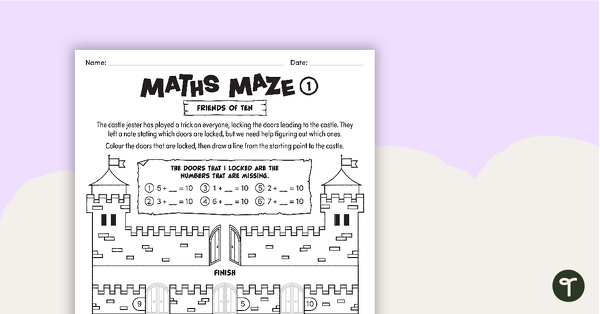 teaching resourceMaths Mazes (Friends of Ten)A set of friends of ten mazes where students find missing addends to solve the maze. 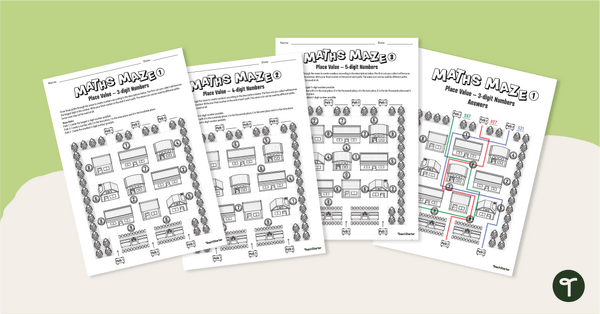 teaching resourceMaths Mazes (Place Value)Determine the correct paths through each maze using knowledge of place value.  teaching resourceMaths Mazes (Addition and Subtraction)A set of puzzling mazes that require addition and subtraction skills to solve. |
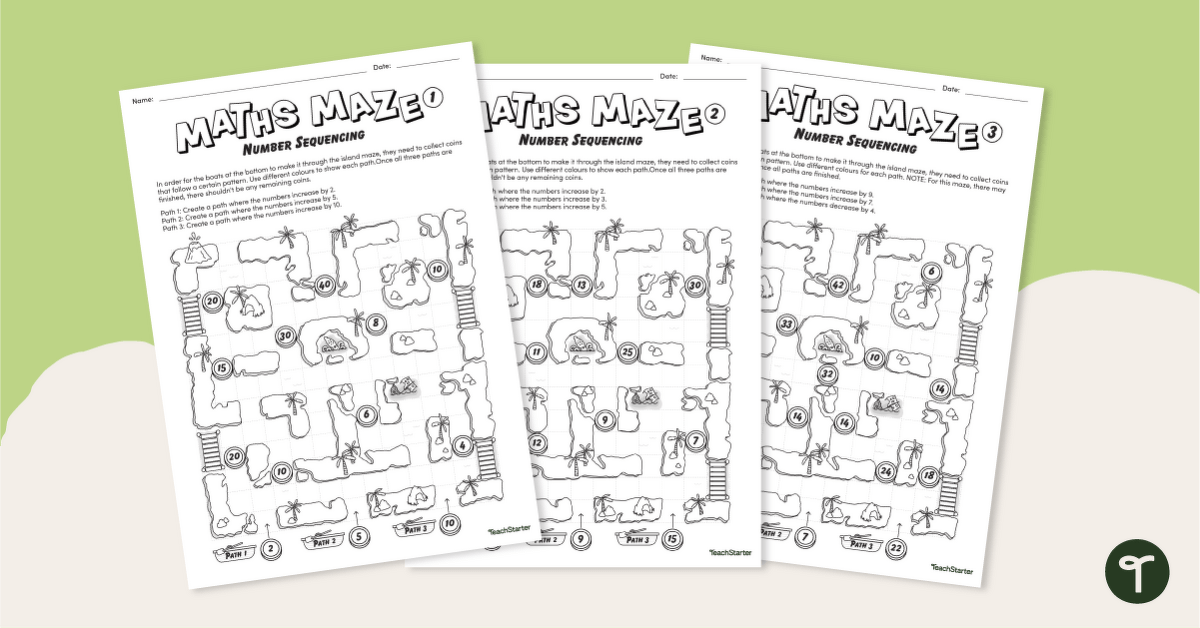

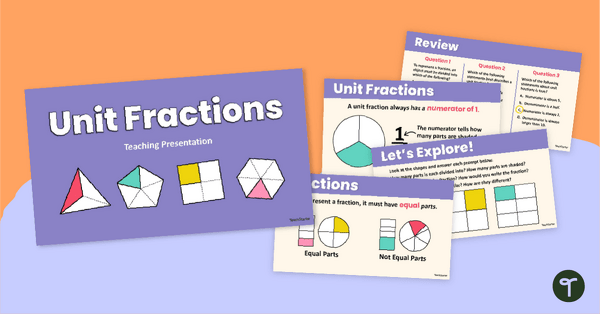
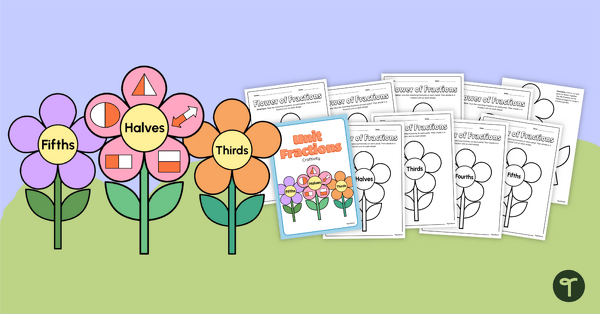
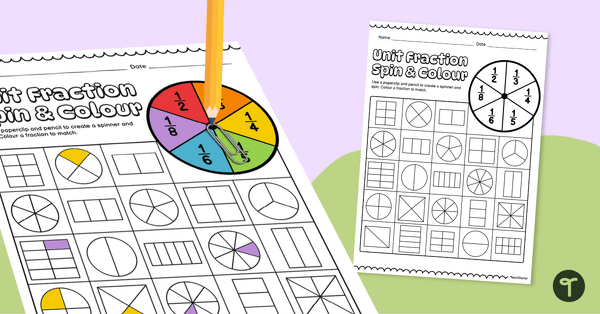

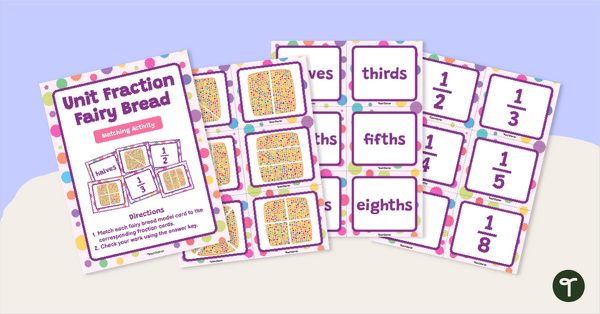

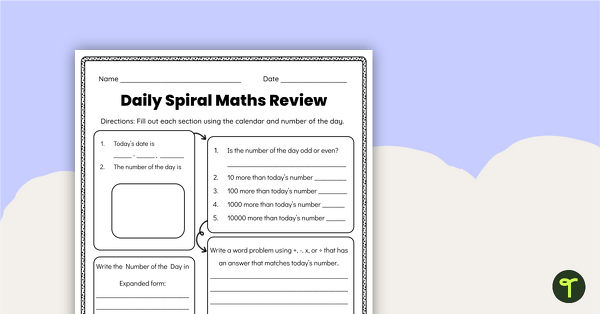
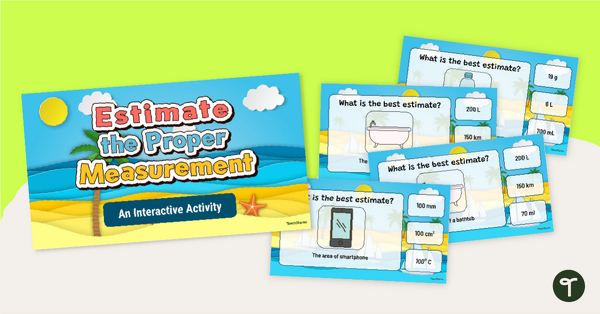
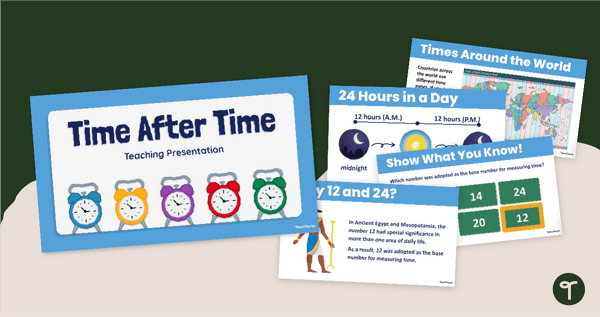

0 Comments
Write a review to help other teachers and parents like yourself. If you'd like to request a change to this resource, or report an error, select the corresponding tab above.